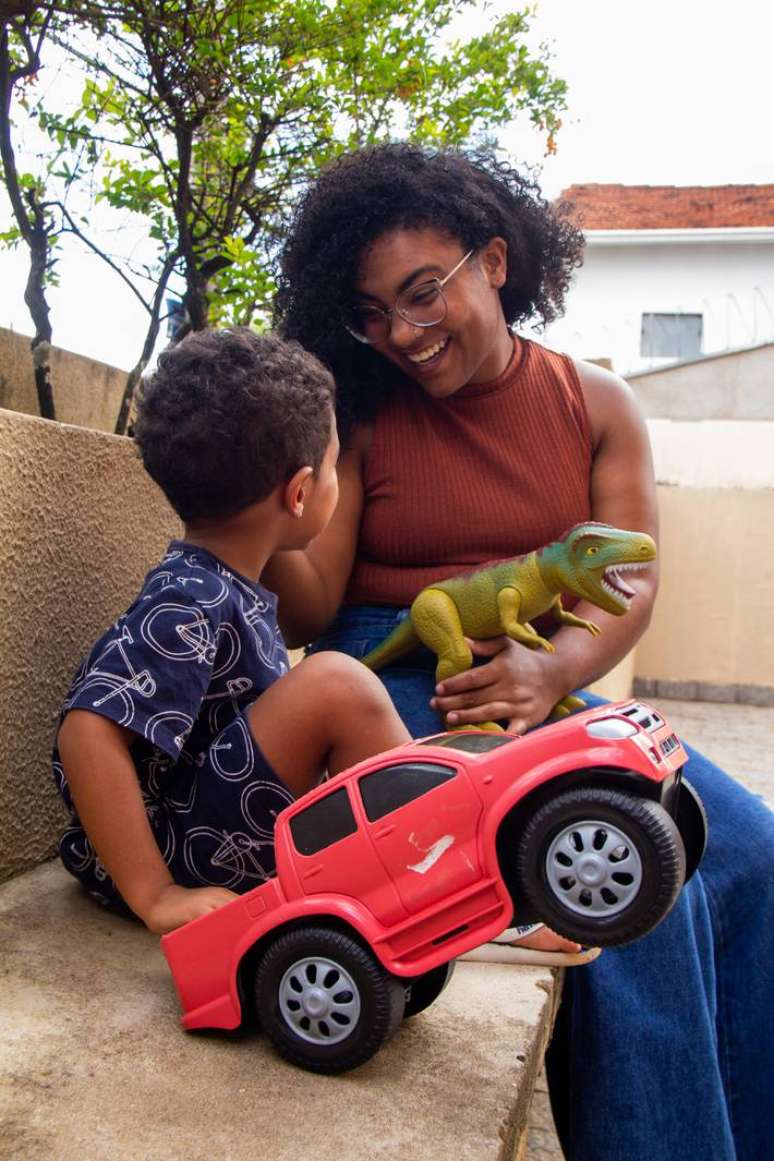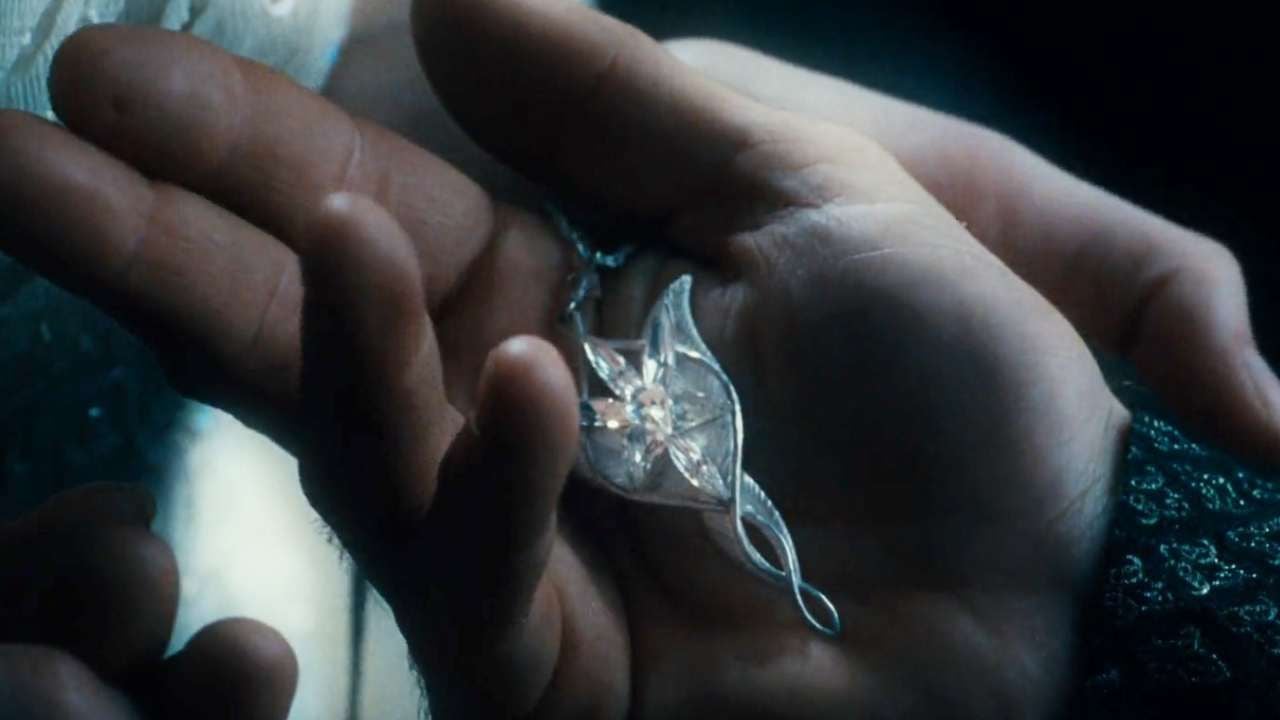Pregnancy causes natural changes in the body, but experts point out ways to deal with it and work on self-esteem during this period.
A pregnancy bring with you changes and marks on the body. To demystify this, influencer Viih Tube, who gave birth to her first daughter, Lua, two weeks ago, recorded a video discussing the impacts of pregnancy on her body. But, after all, what are the possible changes in the body during pregnancy? AND how to deal with them and work with the self-esteem?
According to obstetricians and dermatologists consulted by Stadium, the body changes caused by pregnancy have to do with hormonal changes and structural adaptations of the body to accommodate and nourish the fetus. Most of them are temporary, but some can last even after the puerperium and not all are reversible.
Possible body changes caused by pregnancy are:
- Appearance of stretch marks;
- Weight gain and appearance of cellulite;
- Changes in the oiliness of the skin, with the possible appearance of pimples;
- Development of melasma (skin spots);
- Darkening of scars and areas of body folds;
- Darkening of the linea alba (which cuts the belly, passing through the navel);
- Enlargement and changes in the color of the areolae;
- Appearance of small warts on the body;
- Hair loss and weakening of nails;
- Breast enlargement and, after breastfeeding, decrease and increased flaccidity in the region;
- Sagging in the belly and, in some cases, the vagina after pregnancy
- Change in the curvature of the spine, which projects the buttocks backwards (only during pregnancy);
- Opening of the pelvis, which causes a greater opening of the legs during walking (only during pregnancy);
- Enlargement of the navel, which may protrude;
- Increased size of the ears, nose, chin, feet and hands;
- Swelling in the legs and vulva (only during pregnancy);
body structure
According to Alexandre Pupo, gynecologist and obstetrician at the Sírio Libanês hospital, it is common the breast increases in size during pregnancy and, therefore, the the areolas also tend to grow.
After the period of breastfeeding, the breasts reduce in size and may become smaller than they were before pregnancy – as well as being more saggy, flaccid – says the doctor. The areolas do not return to their original size, the specialist guarantees.
This increase in size can also occur with some body members, such as hands, feet, nose and ears. Some women, the doctor points out, may wear a larger shoe size permanently. This happens because pregnancy stimulates the rapid growth of cartilage.
OR belly buttonthat tends to bounce, it may or may not return to its original state. “The rectus abdominis muscle is formed by two muscle branches joined by a tendon. With the growth of the uterus, this tendon can fray and separate the two branches of the rectus abdominis muscle, generating what they call ‘diastasis'”, says Pupo.
A vagina may become flaccid after delivery if this is normal. However, the midwife of the Hospital e Maternidade Pro Matre Paulista Wagner Rodrigues Hernandez ensures that it is not something so significant and that it should not prevent women from having this type of birth. According to him, in most cases, the condition is reversed naturally or with the help of pelvic physiotherapy.
Another change is that, with the change in the gravitational axis of the body due to the increase in belly, the pregnant spine bends forward. This makes the the buttocks are projected backwards. After giving birth, the spine returns to its original state, as do the buttocks.
Weight gain
OR weight gain is common. “Pregnancy requires an increase, an excess of calories and nutrients. Thus, during pregnancy, the woman’s body becomes more eager to absorb and reserve these materials,” explains Pupo. Also, the body swells, especially towards the end of pregnancy, in hot weather or when food is high in sodium.
Although it is a natural process and tends to reverse after childbirth, in some cases the accumulation of fat and the tendency to gain weight can last. To the hormonal and metabolic changesnext to psychological factors linked to motherhood, they make people who initially had difficulty gaining weight, such as journalist Letícia Pinho, 24, start gaining weight more easily.
Melasma
Melasma tends to be the biggest villain for pregnant women when it comes to skin and appearance. he causes dark spots on the skin and can appear during or after pregnancy, especially on the face.
“Melasma usually occurs due to hormonal changes. In pregnant women, there is an increase in progestin, estrogen, and also MHS, which is the hormone that stimulates melanin production (protein that gives color to skin and hair),” Matsuda explains. Exposure to the sun tends to make them worse and make them permanent.
Marketing analyst Marina Dorneles, 38, says she didn’t have spots on her skin during pregnancy, but she started noticing them while breastfeeding. “I knew melasma existed, but I had no idea I could develop it. Later, when I spoke to my mother, she told me that she had spots when she was pregnant with me,” she says. Melasma has genetic factors.
Dark spots can also appear in areas of scarring, areas of body creases, and in the linea alba, a line that cuts vertically across the belly through the belly button. However, these spots tend to disappear after pregnancy, experts point out.
Treatment and risk factors
Some precautions can prevent or reduce changes caused by pregnancy in women’s bodies. If you keep yourself hydrated, drinking lots of water throughout the day and eating a balanced diet, it helps to avoid stretch marks, cellulite, acne and excessive weight gain, for example.
Usage full body moisturizers, especially on the stomach, hips, legs and breasts is the best remedy for stretch marks. It’s important to avoid scratching the area and boost hydration if you feel itchy, Matsuda points out, as it’s a sign of skin stretching. After they appear, “we generally do the treatment postpartum, with a laser,” says Hong.
Melasma already occurs mainly due to genetic factors and also due to excessive exposure to the sun. Therefore, the recommendation is to use daily sunscreen with a protective factor (SPF) greater than 30 and avoid exposure around midday. Those with cases in the family should double the treatments. After the breastfeeding period, it is possible to treat the spots with acids or lasers.
Self-esteem
By posting the “body tour” video, Viih Tube said it wanted to help other mothers feel welcome in this moment of change, which can undermine female self-esteem. The topic was also addressed in the novel go with faithfrom Rede Globo, with the character Clara (Regina Alves), who, in one of the chapters, revealed that feeling bad about the changes in your body after pregnancypointing out that, socially, it’s hard to say that a woman wouldn’t want to be pregnant.
Fernanda identifies with the character. “I can’t show my belly. Every time I need to put on a swimsuit, I look in the mirror and feel ashamed. I think a lot that others, especially close people, will look and judge,” she says. “I wish I didn’t feel like this and accept these signs. I know they are signs that I was ‘home’ to my children one day, but I just can’t feel beautiful.”
According to Marília Scabora, psychologist and founder of the Tribo Mãe community, there are social and personal factors involved. “How a woman views and relates to her body before pregnancy has a direct impact on how she copes with the inevitable changes that the gestational process brings,” she says.
Even for those with high self-esteem, it’s not that simple. “In Brazil, a country where the female body is revered according to a very specific standard, the postpartum body, which deviates from this standard, is not highly regarded. During pregnancy, physical changes get a brief social recognition of the change, but as long as it doesn’t change too much”, underlines the specialist.
According to her, for those given the opportunity, pre-pregnancy therapy and psychological counseling during antenatal care can help. “Also, it’s important to talk to your support network and share with them the best way to support you through these stages. Just as you need to respect yourself in this transition period, not trying to ‘get back to who you were before’ but accept the changes that transform us,” he says.
Psychologist Gabriela Luxo also says that it is necessary to investigate the possible hormonal fluctuations, which can interfere with a woman’s mood during pregnancy and, consequently, with the way she sees herself. The expert also underlines that the art routine and the relationship with the loving partner are factors that influence how a woman sees and accepts her body. Seeing therapy with a psychologist can help identify and treat the problem, she says.
Letícia Pinho says that today, even if she has moments of discomfort, she already manages to have a better relationship with your body. She says she only follows influencers with content close to her reality, to avoid comparisons, and has returned to physical activity. She finally understood that the marks and stretch marks are part of who she is today: among other things, Cauê’s mother.
html[data-range=”xlarge”] figure image img.img-bda103113fc5ff259b64146e1114ef756mt85owl { width: 774px; height: 1161px; }HTML[data-range=”large”] figure figure img.img-bda103113fc5ff259b64146e1114ef756mt85owl { width: 548px; height: 822px; }HTML[data-range=”small”] figure image img.img-bda103113fc5ff259b64146e1114ef756mt85owl, html[data-range=”medium”] figure image img.img-bda103113fc5ff259b64146e1114ef756mt85owl { width: 564px; height: 846px; }
Source: Terra
Ben Stock is a lifestyle journalist and author at Gossipify. He writes about topics such as health, wellness, travel, food and home decor. He provides practical advice and inspiration to improve well-being, keeps readers up to date with latest lifestyle news and trends, known for his engaging writing style, in-depth analysis and unique perspectives.








